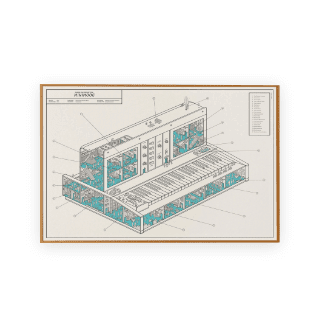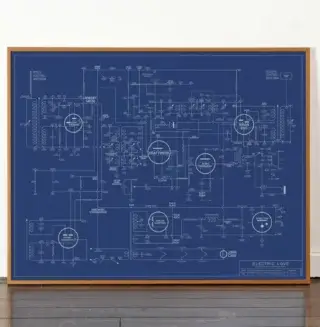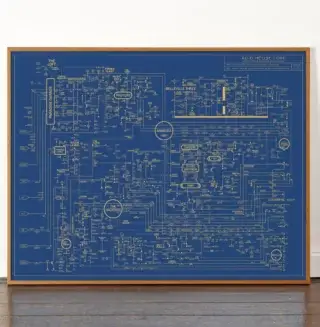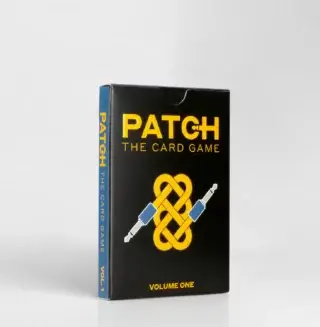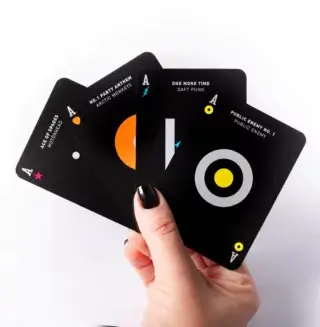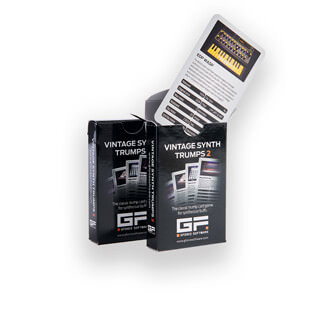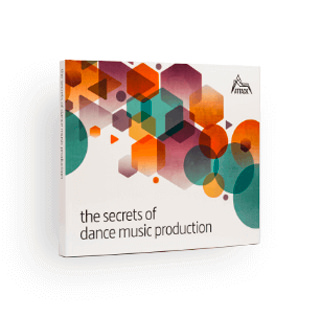Superbooth returns with a bang. We round up the best new releases.
A colourful butterfly flits beneath bright green leaves freshly unfurled, providing shade from the first rays of the summer sun.
Roaming the magical forest of Wuhlheide, one might be tempted to avoid technology entirely. But no – it’s Superbooth 2023, and we’ve got gear to see.
The telltale thump of a Funktion One rumbling through the earth shakes us from our reverie and beckons toward the FEZ Berlin: the central complex at the heart of the park that Superbooth calls home.
Maintaining last year’s combination of outdoor tents and bungalows along with the main exhibition halls and auditoriums, Superbooth has blossomed into a truly unique event. Compared with the suburban desolation of Anaheim, or the industrial metropolis of Frankfurt (of the now defunct MusicMesse), the natural atmosphere of Wuhlheide park combined with Berlin’s relaxed, open-minded (and alcohol-friendly) attitude lends itself to a warmly informal vibe.
In contrast to more business-driven, transactional trade fairs, energy seems to steer more toward conversation and collaboration than anything resembling cutthroat competition. Bolstered by an impressive line-up of performers and presentations, it’s no surprise more and more manufacturers are making a point to debut their latest offerings at Superbooth.
Groove Is In The Box
Last year saw a plethora of sequencers and standalone grooveboxes, a trend that continued this year.
Synthstrom’s versatile Deluge has open-sourced their already incredibly flexible groove station, a move that signals wide horizons of possibility for users. Somehow we missed OXI last year, but their powerful, sleek, semi-generative sequencer offers a variety of fun, hands-on ways to program CV modules and DAW plug-ins alike.

If backlit pad grids have become a standard sequencing interface, Reliq promises to take them to the next level. Their 16 x 16 grid of 256 pads (yes, two-hundred and fifty-six) is designed to connect with a fully modular patch bay which can also be routed and mixed via the pads.
Featuring a full LCD display, it even connects directly with Live to control Session view. It’s one of the most ambitious sequencing products we’ve seen, and it’s difficult to imagine anyone outdoing it in terms of raw features. We can’t wait to see the final version as the hub of a powerhouse studio.

In contrast, rather than adding pads, Polyend have shrunk down with their Tracker Mini, a Gameboy-sized portable DAW that encourages production outside studio confines. Building on the tracker-based production approach of their full-sized edition, the Mini version includes a high-quality built-in microphone, full USB connectivity, and a built-in battery boasting eight hours of unplugged playtime.
Speaking of portable devices, Teenage Engineering continues its legacy of worship-worthy design objects with its latest portable recorder. While the feature set may invite some ridicule (does a digital recorder really need a tape-emulating motor?), the ergonomics are undeniably luxurious and likely deserving of the fetishization Teenage Engineering have so expertly cultivated.
What really sets the TP-7 apart, aside from the excellent microphone and recording quality (with 128 GB of built-in storage) is the included automatic transcription app. Leveraging machine learning to automatically extract text from dialogue, this is one piece of kit that should immediately improve the lives of any journalists who can afford the price tag.
Another elegant design was shown off by Instruments of Things with their SOMI-1 somatic MIDI controllers. Sold in pairs, these little pucks with optional wristbands and dedicated wireless receiver allow for gestural control of any MIDI instrument, inviting new modes of embodied musical performance. Finally – pumping your fists on stage could actually impact the music.
Modular City
Modules abound at the heart of Superbooth, with Eurorack remaining at the core of Superbooth’s celebration of DIY synthesis. The main hall is a veritable zoo of modular lifeforms, bleeping and blooping in cacophonous conversation.

The newest Eurorack highlights include Neuzeit’s Warp, a unique additive wavetable sound source, Bastl’s rough & tumble analog Basil Pizza Delay, Noise Engineering’s nastily devious multimode wavefolding filter called Roucha Legio, and the lively audio translating Real World Interface from Verbos Electronics. While these all integrate seamlessly with their own branded modules, they’re also designed to play well with others.

Exploring the 4U modular format, Soundfreak’s faithful (and officially licensed) VCS3 emulations provide new and highly-flexible modular connections while retaining the sumptuous, full-bodied tone of the original oscillators, filters, and envelopes.

Synthesis Instruments
Since modular synthesis offers no shortage of innovative sound design capabilities, it’s perhaps somewhat peculiar that much of the soundscape at Superbooth is dominated by a preponderance of sawtooth and square waves.
Thankfully, innovative alternatives are arriving to combat the unquestioned dominion of these ubiquitous, if timeless, waveforms. Erica Synth’s Steampipe is a powerful, eight-voice physical modelling hardware synth designed primarily to replicate the structure of wind instruments, delivering everything from organs and turbines to expansive ambient textures.
Extending this trend is Reason’s latest softsynth, Objekt. Combining physical modelling with modal synthesis, it can also receive external input to be used as an effect not unlike Live’s Corpus – but with considerably more features (and built-in effects).

Seeking to slake the growing thirst for completely new sound sources, Korg’s Berlin R&D division showed off a tantalizing new instrument built on a technique they’ve dubbed Acoustic Synthesis. It uses magnets to induce vibrations of metal coils, resulting in a bank of highly resonant tones that can be manipulated in a variety of ways, from percussive plucks to expansive drones, calling to mind elements of both additve and modal synthesis. Let’s see if they develop it further.
Granular synthesis may not be new, but the makers of Vector debuted a fresh take on it with Tempera, featuring a backlit touch-pad interface that invites real-time play and scrubbing of multiple granular synthesis emitters.

Also taking advantage of innovative interfacing, the all-new Norand Mono MKII uses MPE-sensitive pads to expressively write to the built-in sequencer, which triggers a pair of lush analog oscillators routed through a satisfying analog filter circuit. Better yet, it’s got a wealth of stochastic options to quickly generate new sequences and variations.

As for household names, we had quite a bit of fun with Sequential’s new desktop OB8, Korg’s FM powerhouse OP6, and Elektron’s expansive new Heat+FX module, which was cleverly hooked up to a thumb piano for instant crunchy ambient delight.
Roland’s S1 “Tweak Synth” looks to be a wonderfully affordable addition to their performance-oriented range of Aira synths, with lots of flexible options – not unlike the MC202, which you can get now modded to include a more advanced sequencer, arpeggiator, and drum sampler thanks to the MC2oh2 re-fit. Unfortunately, UDO’s 20-voice binaural Super Gemini was being carted away to an auditorium demo as we arrived, so we didn’t get a chance to play with it – but it certainly looks glorious.

Super Sonic Fun
Combining a relaxed forest atmosphere, endless hours freely tweaking and learning, and live performances ranging from lush ambience to unforgiving experimentalism, Superbooth truly feels unlike any other gathering.

The sheer amount of new tools on offer can be a bit overwhelming, but there’s nowhere better to experience them all in one place. The growing music technology industry may remain somewhat niche in comparison to other fields, but Superbooth reminds us there’s a global community building a new universe of sound – and doing it together, with open minds.

